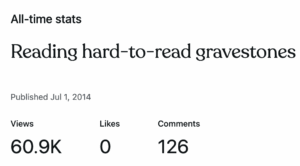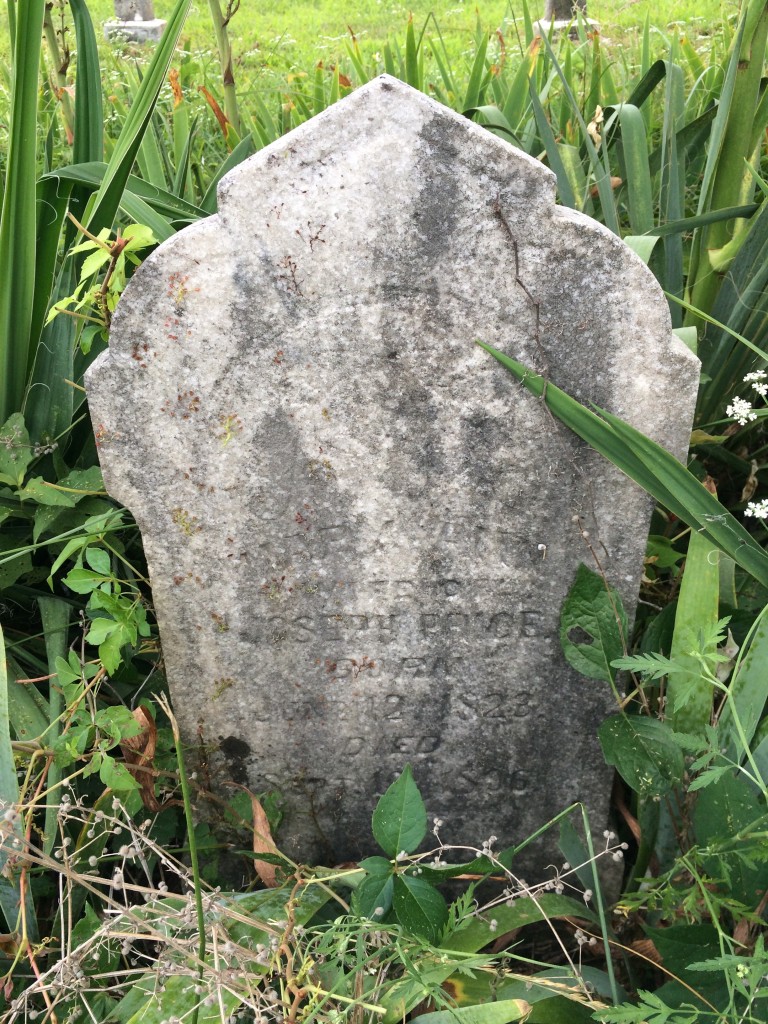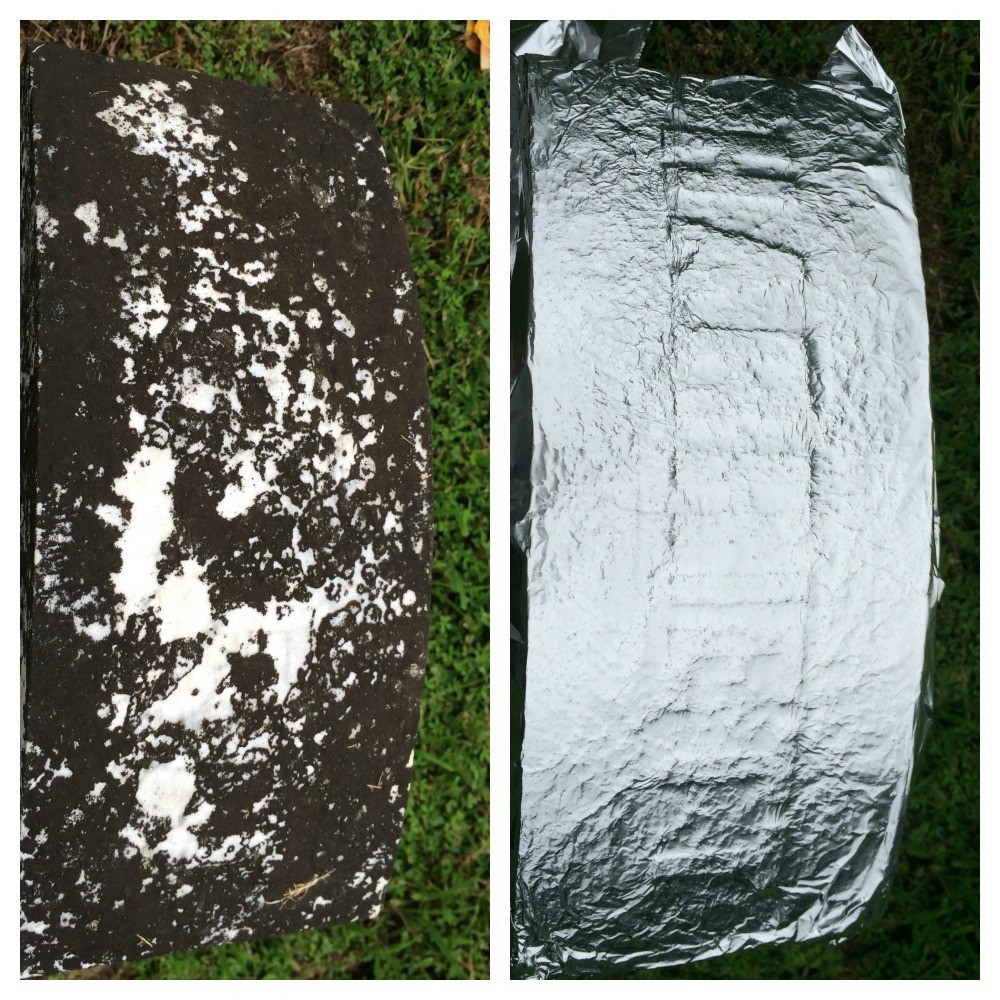 It’s the end of July and the end of another 30 x 30 challenge. I hope it was a productive month for everyone! It sounded like things were going really well for the folks who checked in mid-month.
It’s the end of July and the end of another 30 x 30 challenge. I hope it was a productive month for everyone! It sounded like things were going really well for the folks who checked in mid-month.
I didn’t participate in the challenge this month…genealogy has been moved to the back burner for now. But I did have a very productive month in my personal life and with my organizing business!
I’d love to hear how your July went: Were you able to put in 30 minutes a day on your genealogy work? Or perhaps the equivalent? Please let us know in the comments!




